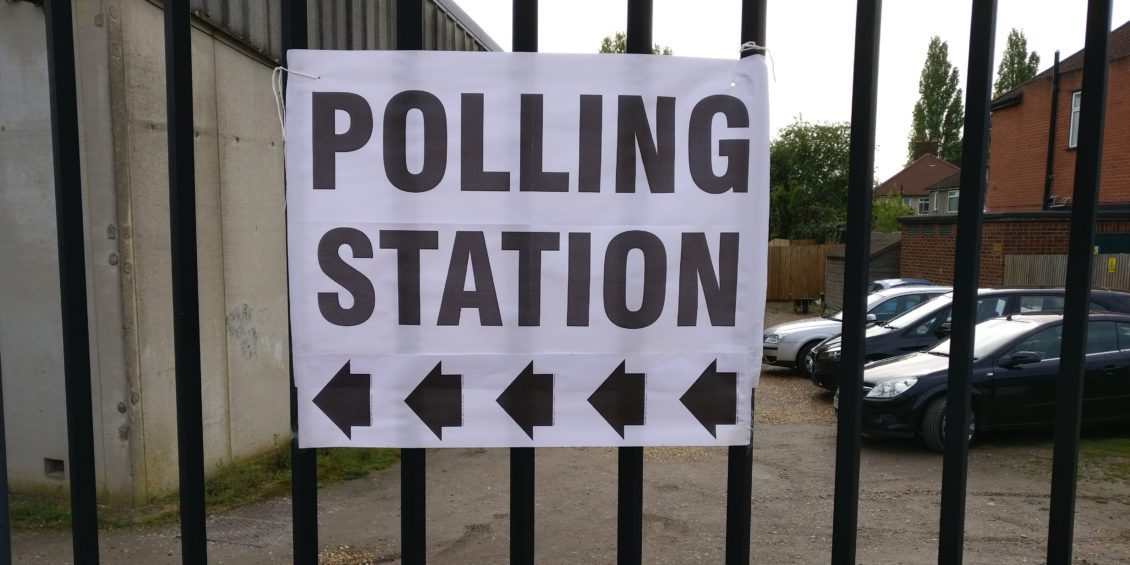
Most of those registered to vote do not want a Conservative Government, yet they keep getting elected! How does this happen? Democracy campaigner and author of The Tory Winning Machine, Adam Herriott, explores the reasons.
Part one of a two-part blog
The Conservative Party has always been the party of the rich and powerful. They operate to form governments that defend the interests of the wealthy at the expense of ordinary people. Over the last 13 years, the Tories have destroyed the economy, presided over a deep cost-of-living crisis that has resulted in a third of children now living in poverty, have massively reduced public spending, refused to tackle climate change effectively, attacked our democracy, undermined public services, weakened trade unions, failed to deal with the housing crisis and operated a populist immigration policy that scapegoats entire communities.
So how is it that the Tories are the most successful and dominant political party in Britain? This has puzzled me for years, so I set out to identify some reasons for the Tories’ election success:
- The UK voting system: the UK’s ‘first-past-the-post’ (FPTP) system puts those parties on the left at a disadvantage. There tend to be more left leaning candidates on the ballot paper so the left vote is split between them. Often the Conservative Party is the only right wing party on the ballot paper. That means that all of the right wing vote goes to their candidate, enabling them to win, even if more than half of the voters want a progressive candidate. The Tory vote is also more widely dispersed around the country, meaning they generally win more seats by a small number of votes, whereas Labour pile up thousands of ‘wasted’ votes in their ‘safe’ seats.
- Leaders: The Tories are more ruthless at removing leaders that are no longer popular and risk the Party losing the next election. The party has a flexible ideology and little internal democracy, meaning the leader has significant control over its direction and policies. The party has a history of adapting to locate itself on the centre ground of British politics, where a majority of swing voters are located.
- Skilled at building voter coalitions: the Tories have proven to be effective at building ‘voter coalitions’. They achieve this by winning over marginal constituencies that have particular strategic leverage and by extending the party’s appeal beyond their core voter base. The Tories have built voter coalitions of well-off middle-class voters in the south and in rural seats. They then made gains in northern ‘red wall’ Labour seats in the 2017 and 2019 A majority of the middle and upper-class and about a quarter to a third of working-class voters have always supported the Tories, and this has increased since the 1980s. Most older people and homeowners have always supported the Tories more than Labour.
- Economic competence: the Tories are effective at projecting governing and economic competence. This requires a credible leader, managing events and crises well, continued party unity, and administering the economy successfully to ensure prosperity.
Following their 2023 local elections disaster, a Labour government looks likely after the next general election. However, the polls have the potential to narrow between now and then. The combination of the boundary changes and the introduction of voter ID at polling stations, could help the Tories win more seats.
The only certainty is that it’s not safe to assume anything and we must work on the basis that those who oppose the Tories must do everything possible to remove them from power.
So what must we do to improve the odds of securing a progressive government? To stop the Tories in the short term, we need mass tactical voting, to remove Tory MPs at the next election. That is likely be in the Spring or Autumn 2024. This will be a defensive election for the Tories – trying to minimise their losses – and an offensive one for the opposition parties.
In the long term, we need a proportional voting system.
Look out for part two next week…